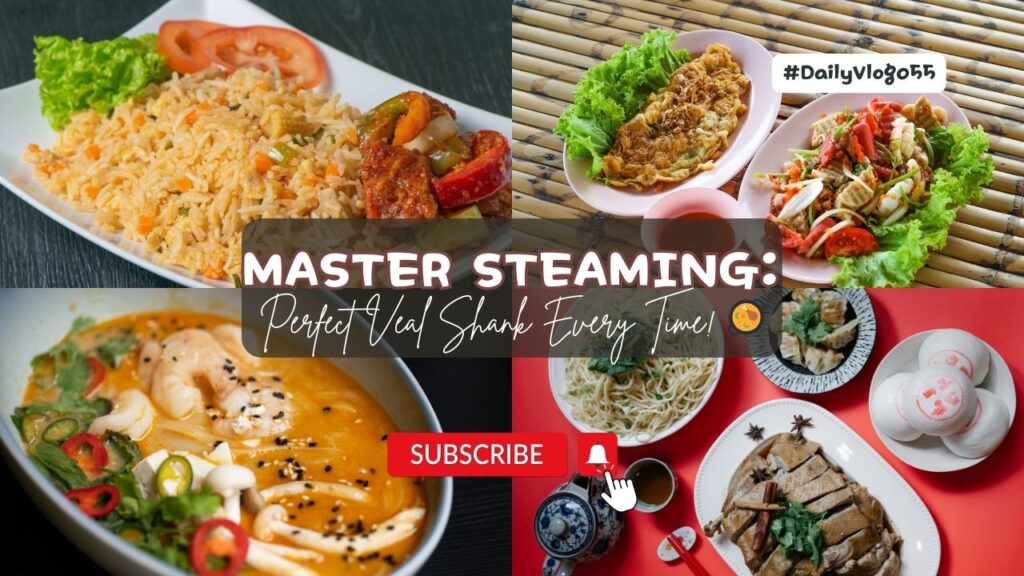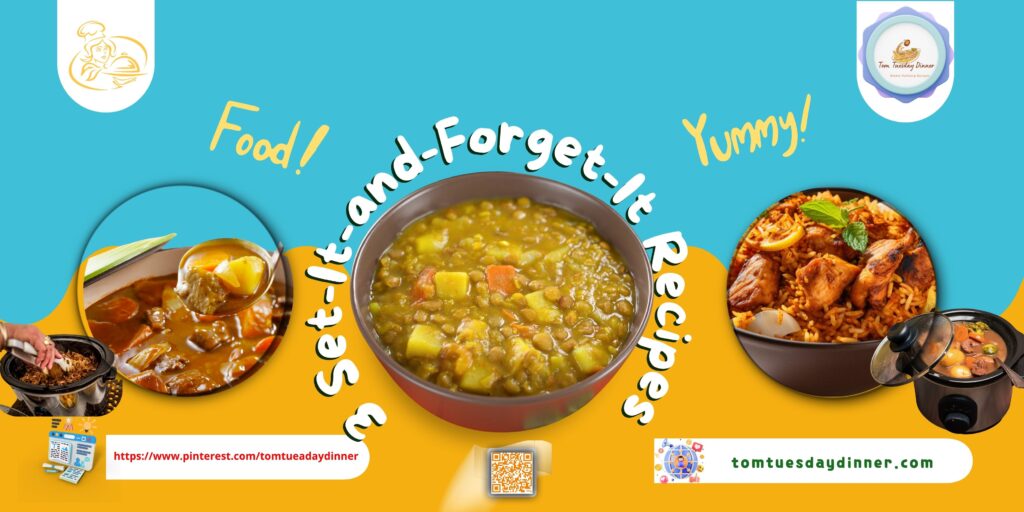We use affiliate links. If you purchase something using one of these links, we may receive compensation or commission.

Discover the essentials of the steaming cooking method, a healthy, versatile kitchen technique perfect for enhancing flavor and nutrition.
Steaming is a cooking method that stands out for its simplicity, health benefits, and ability to maintain the natural flavor and texture of food. This method involves cooking food by surrounding it with steam in a closed environment, which allows high temperatures to be reached without direct contact with water or oil. This technique is particularly favored for its ability to produce healthful, moist, and flavorful dishes. In this article, we will explore the nuances of steaming, its benefits, and how it can be incorporated into daily cooking practices.
The Basics of Steaming
Steaming involves the use of a heat source to convert water into steam, which then cooks the food in a sealed environment, typically a steamer basket or a similar appliance. The food never comes into direct contact with boiling water, preserving its structural integrity and nutritional content.
Advantages of Steaming
The method offers several advantages over other cooking techniques:
- Nutrient Retention: Steaming prevents the loss of water-soluble vitamins and minerals that typically leach into cooking water with methods like boiling.
- Flavor Preservation: Foods retain their natural flavor without the need for excessive seasoning or added fats.
- Calorie Reduction: By not requiring oils or fats to cook, steaming can help reduce the overall calorie content of meals, which is beneficial for weight management.
- Texture Maintenance: Delicate foods like fish and vegetables are less likely to overcook or fall apart, maintaining their texture better than in more aggressive cooking environments.
Different Steaming Techniques
There are various ways to steam foods, each suitable for different types of dishes:
- Traditional Steaming: Using a bamboo or metal steamer over a pot of boiling water.
- Microwave Steaming: For a quick and convenient option, use microwave-safe steamer bags or dishes.
- Steam Ovens: A more modern approach where steam is circulated in an enclosed oven, providing a more even and efficient cooking process.
Best Foods to Steam
Steaming is versatile, accommodating a wide array of foods:
- Vegetables Such as broccoli, spinach, and carrots retain their color and vitamins.
- Seafood: Fish and shellfish are gently cooked to perfection, avoiding the risk of drying out.
- Poultry: Steaming chicken helps in keeping it moist and tender.
- Dumplings and Buns: This method is ideal for cooking dough-based items evenly and thoroughly.
How to Incorporate Steaming Into Your Cooking Routine
Incorporating steaming into your cooking routine is straightforward:
- Invest in Quality Equipment: Purchase a durable steamer basket or a versatile steam oven.
- Experiment with Recipes: Try steaming different foods to understand how they behave under steam cooking.
- Pair with Flavorful Sauces: Enhance steamed dishes with dips and sauces for added flavor without compromising health benefits.
Tips for Perfect Steaming
To get the most out of steaming, consider the following tips:
- Do Not Overfill: Allow space for steam to circulate around the food for even cooking.
- Time It Right: Oversteaming can result in soggy and unappetizing meals.
- Season After Cooking: Apply herbs and spices after steaming to ensure the most robust flavors.
Comparing Steaming with Other Cooking Methods
When compared to frying, baking, or grilling, steaming is gentler on food and preserves more of its original characteristics and nutrients. This method proves especially beneficial for those seeking to reduce their intake of added fats and calories without sacrificing taste or food quality.
The Science Behind Steaming
The science of steaming involves the efficient transfer of heat through water vapor. This method allows cooking at lower temperatures than frying or grilling, which helps preserve the delicate cell structures of foods and prevents nutrient degradation.
Frequently Asked Questions
What makes steaming a healthier cooking option?
How can I flavor my steamed dishes without adding too many calories?
Is steaming suitable for all types of vegetables?
What is the best way to steam fish to keep it moist?
Can steaming be used for meal prep?
Why is my steamed food sometimes tasteless, and what can I do about it?
Conclusion
Steaming is a method that transcends mere dietary trends, offering a timeless approach to healthy cooking. By using steam, cooks can create dishes that are both nutritious and delicious while also being simple to prepare. Whether you are a seasoned chef or a beginner in the kitchen, incorporating steaming into your cooking repertoire can elevate your meals, making them healthier and more enjoyable. As you embrace this cooking method, you will find that steaming is more than just a technique—it’s a pathway to better eating habits.





